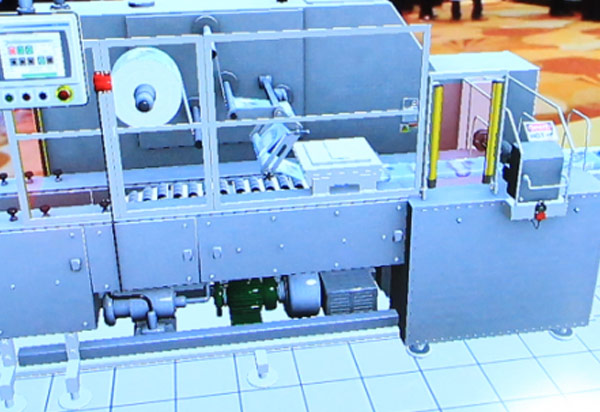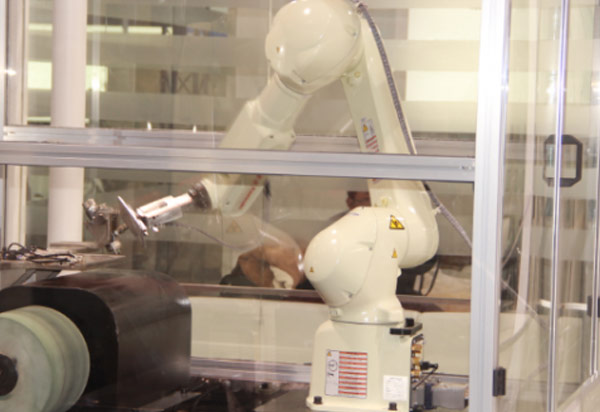The 4 model of industry opens an opportunity for innovation in the manufacturing industry-Recent activities

The 4 model of industry opens an opportunity for innovation in the manufacturing industry-Recent activities
Information technology is bringing unprecedented changes to the traditional manufacturing industry, with industry 4.0 as the representative of a new round of industrial upgrading is unfolding. The production efficiency of the factory has been greatly improved by the integration of Internet of things, large data, cloud computing, artificial intelligence, virtual reality, robot, 3D printing and many other technologies. Enterprises can develop new business models, provide customized services for customers, etc. At the same time, industrial 4.0 mode for the manufacturing industry has opened up new opportunities.
Today, fierce competition and fast changing market demand have put more demanding requirements on the manufacturing industry, and the new generation of information technology is helping to improve the flexibility of manufacturing so that manufacturers can produce the products they need at a faster and lower cost. Industry 4 is the result of the integration of several technologies. One of the key technologies is virtual debugging.

What is virtual debugging?
Virtual debugging is actually the application of virtual reality technology in the industrial field. Through virtual technology, it creates digital replicas of the physical manufacturing environment to test and verify the rationality of product design. For example, the computer simulation of the entire production process, including robots and automation equipment, PLC, inverter, motor and other units. Like the creation of the robot cell model, it can be tested and verified in the virtual world.
If optimization is needed in process automation or robot motion, changes can be made on the same computer, and virtual debugging allows the reprogramming of the robot or changes in the variable frequency drive, PLC programming, and other operations. Once reprogrammed, the system will be tested again. If passed, the physical deployment of the next stage can be carried out.
Using virtual debugging to program and test products ahead of time reduces process downtime, and the manufacturer can reduce the process risk of converting the design into a product. Because automated programming and software errors are likely to pay a high price, especially in the process of production, it takes a lot of time and money to correct them.
However, virtual debugging is not an easy task, and must be integrated throughout the factory process to give full play to the potential of virtual debugging. The simulation debugging will run through the whole factory process, from the planning to the engineering stage, and in the engineering stage is also called the simulation based engineering. It is indispensable to test the reliability of the installation system through the virtual debugging.
The benefits of virtual debugging
Product design process is difficult to predict the production and use of the process will not be a problem, and virtual debugging brings many benefits is to verify the feasibility of the product. Virtual debugging allows designers to make any modification and optimization before production, without causing waste of hardware resources. And this can save time, because users can fix errors in the process of testing, timely programming improvements to the automation system.
The use of digital models can reduce the risk of factory change process, and make significant improvements in production. For example, a car manufacturing plant can reprogram hundreds of robots using virtual debugging in the manufacture and assembly of the product, without the need to spend a lot of time on the site to debug.

Whether it is a factory building or a process change, building and testing equipment in a virtual environment is very cost saving and time - saving, errors can be found early in the test process, and even the future challenges can be foreseen. Finally, production is carried out in the most reliable way, and it can mitigate the risk of traditional shutdown or production losses. This is much better than finding product defects in the production process, because problems in manufacturing are difficult to fix and waste time and human resources.